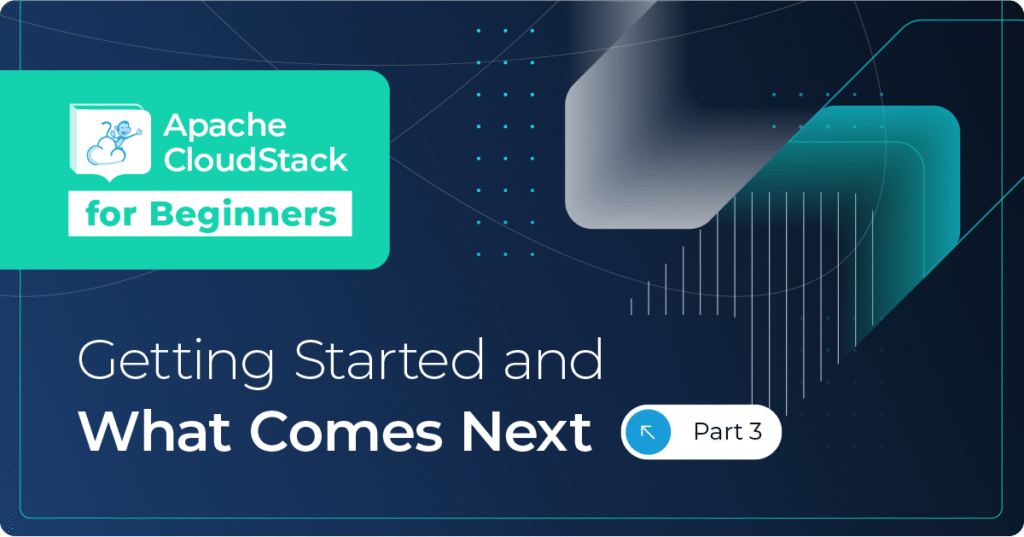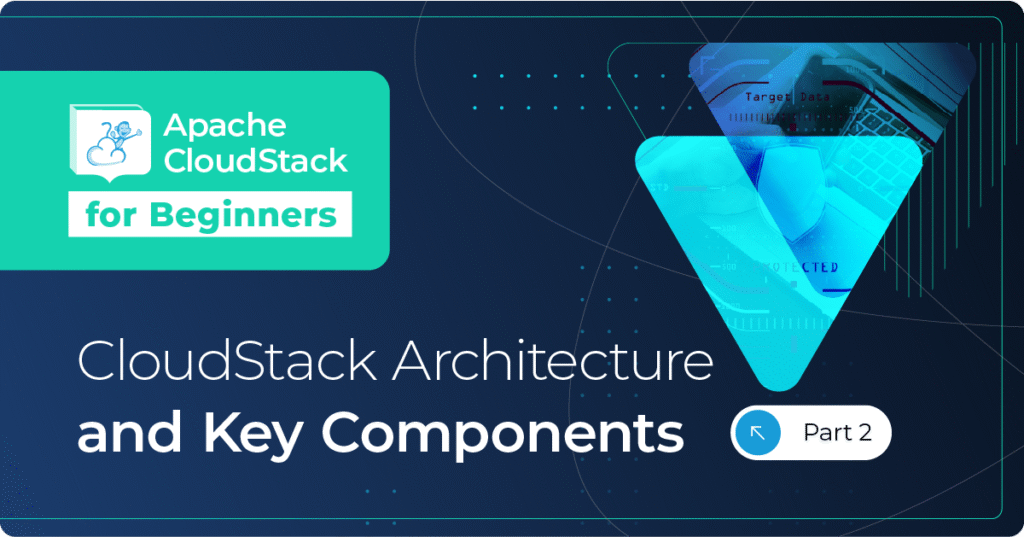Overview
As you have likely heard, a number of security flaws were recently found in the DNSMasq tool. This tool is used by many systems to provide DNS and DHCP services, including by the CloudStack System VMs.
According to Google’s investigation into the software, out of seven issues, three — CVE-2017-14491, CVE-2017-14492, and CVE-2017-14493 — are remote code execution flaws caused by heap buffer overflow and stack buffer overflow errors through DHCP and DNS vectors.
Another issue, CVE-2017-14494, can be exploited to bypass the Address space layout randomization (ASLR) memory protection function, leading to information leaks.
In addition, three more bugs, CVE-2017-14495, CVE-2017-14496, and CVE-2017-13704, can lead to denial-of-service (DoS) attacks caused by invalid boundary checks, bug collision, and a coding issue.
Affect On CloudStack
CloudStack’s System VMs use DNSMasq to provide DNS and DHCP services to the guest VMs from the virtual routers. These services are only exposed on the internal guest interface(s) of the virtual routers. Therefore a malicious user could compromise a virtual router to which they have a guest instance attached.
The Fix
On 9th October, an updated version of DNSMasq was released by the authors of DNSMasq for the Debian Wheezy Operating System which the CloudStack System VMs use. We have created new versions of the System VM templates which should be used to replace your existing System VMs using the procedure described below.
A short-term fix for currently running System VMs (if they have internet access) is to log into the System VMs and run:
apt-get update apt-get install dnsmasq dnsmasq-base dnsmasq-utils -yFor information on logging into System VMs please see: http://docs.cloudstack.apache.org/en/latest/administration_guide.html?#accessing-system-vms
The above procedure will patch existing virtual routers, but should a virtual router be destroyed and recreated or a new virtual router created, the subsequent virtual router will no longer be patched.
The full fix is to replace the existing System VM template(s) with the latest patched versions as well as recreating or patch existing virtual routers.
System VM Patching Procedure
ShapeBlue has built new System VM templates with updated DNSMasq for major CloudStack versions for XenServer, VMware and KVM hypervisors. We advise CloudStack users to upgrade to the appropriate System VM template and either
- Patch all existing virtual routers using the procedure above
or- Recreate all virtual routers using the procedure detailed in the link for updating system VM templates (below)
For ACS 4.10+: http://packages.shapeblue.com/systemvmtemplate/4.10/dnsmasq/
For ACS 4.6-4.9: http://packages.shapeblue.com/systemvmtemplate/4.6/dnsmasq/The procedure for updating the system VM templates can be found here.
Further information
For ShapeBlue support customers, please contact the support team for further information.
For other CloudStack users, please use the community mailing lists.
Steve is ShapeBlue’s COO and is responsible for all day-to-day administrative and operational functions of the business, including the consulting, programme management, and support functions.
Involved with CloudStack since 2012, Steve has led several large customer engagements including a number of major public and private cloud deployments; co-ordinated and developed worldwide teams and helped implement and deliver an enterprise grade support product.
Prior to ShapeBlue, Steve held senior technical, project and account management roles in enterprise IT outsourcing companies where he gained domain experience in the finance, professional services and defence markets.
Away from work, Steve is a father, keen guitarist, snowboarder and singer (not necessarily in that order).
Away from work, Steve is a music lover and semi-professional musician. Although he doesn’t speak at many technology conferences, he can sometimes be heard providing the evening entertainment.





